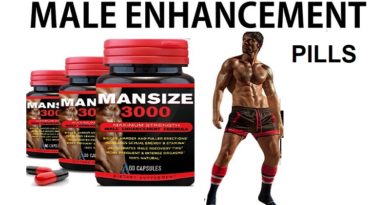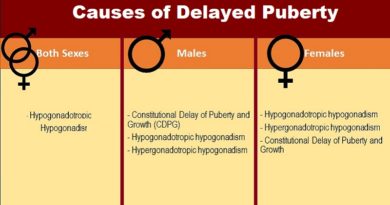Hypogonadism: Symptoms, Causes, and Treatment Options
- What is Hypogonadism?
- Symptoms
- Causes of the condition
- Diagnosis and Testing
- Treatment Options
- Summary
What is Hypogonadism?
Hypogonadism, also known as testosterone deficiency, is a condition in which the body doesn’t produce enough of the male sex hormone testosterone. This can occur due to a number of causes, including genetic disorders, injury or infection of the testes, and certain medications.
Symptoms
Symptoms of hypogonadism can vary depending on the cause and the age at which the condition develops. In men, symptoms can include a decrease in libido, erectile dysfunction, difficulty building muscle mass, fatigue, and a decrease in body hair. In women, symptoms can include irregular periods, difficulty getting pregnant, and a decrease in muscle mass.
Diagnosis of hypogonadism
Diagnosis of of the condition is typically made through a physical examination and blood tests to measure testosterone levels. Imaging tests, such as an MRI, may also be used to check for structural abnormalities of the testes or other underlying conditions.
Treatment
Treatment for hypogonadism typically involves testosterone replacement therapy (TRT). This can be done through a variety of methods, including gels, creams, injections, and pellets. TRT can help to alleviate the symptoms and improve overall quality of life.
In addition to TRT, other treatments may be used to address specific symptoms of the condition. For example, medication may be used to help improve erectile dysfunction, and fertility treatments may be used in men who are trying to conceive.
It’s important to note that TRT can have some side effects, such as acne, breast enlargement, and an increased risk of prostate cancer. Therefore, it is important to have regular check-ups and follow-up with a healthcare provider while undergoing TRT.
Overall, hypogonadism is a treatable condition that can have a significant impact on a person’s quality of life. With proper diagnosis and treatment, affected can manage their symptoms and improve their overall health and well-being. Before trying any medication you have to consult your doctor. He can help to determine the cause of your symptoms and recommend the best course of treatment.
SUMMARY
Hypogonadism is a condition in which the body does not produce enough testosterone. Symptoms can include a decrease in libido, erectile dysfunction, difficulty building muscle mass, fatigue, and a decrease in body hair. In women, symptoms can include irregular periods, difficulty getting pregnant, and a decrease in muscle mass. Diagnosis is typically made through a physical examination and blood tests to measure testosterone levels. Treatment typically involves testosterone replacement therapy (TRT), which can be done through a variety of methods including gels, creams, injections, and pellets.
SOURCES
For more reading, here are some of the reputable resources:
- https://pubmed.ncbi.nlm.nih.gov/29562364/
- Testosterone Deficiency Syndrome – Adult Urologic Conditions and Treatments – Department of Urology – University of Rochester Medical Center – Rochester, NY – University of Rochester Medical Center
- MALE HYPOGONADISM AND TESTOSTERONE REPLACEMENT | Society for Endocrinology
- Male hypogonadism – Symptoms and causes – Mayo Clinic.
- “Hypogonadism” by the American Academy of Family Physicians. Depression in Men with Age-Associated Hypogonadism | AAFP
- “Hypogonadism” by the National Institutes of Health (NIH). Hypogonadism – PubMed (nih.gov)




